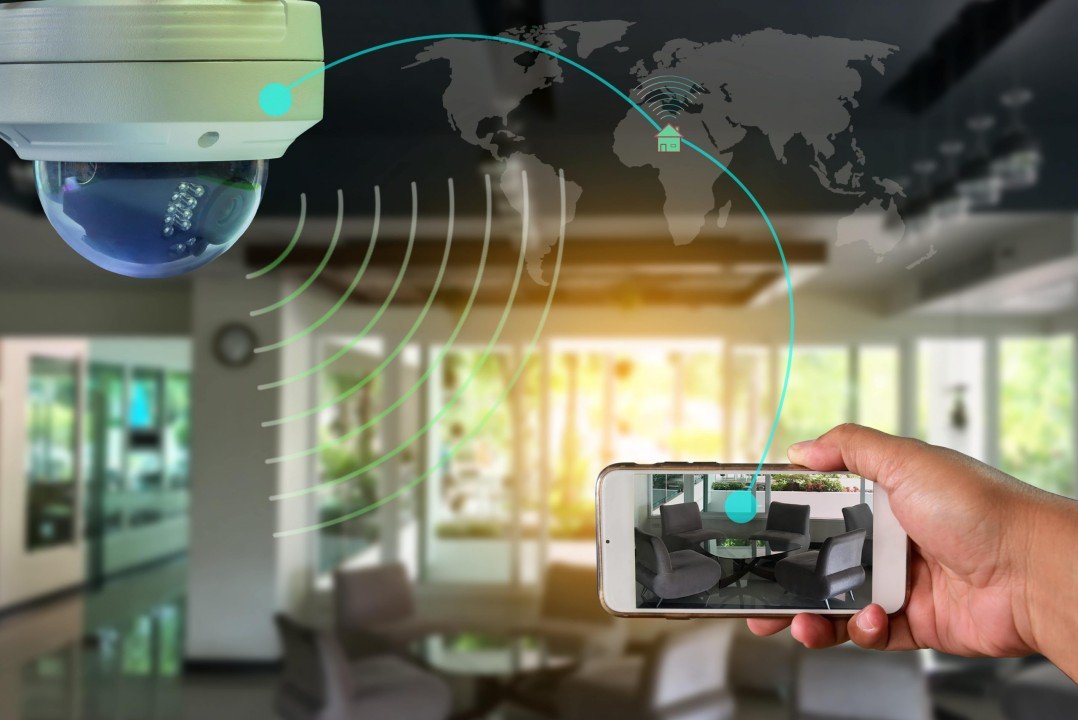As businesses seek more cost-effective and secure surveillance solutions, Linux has become a preferred operating system for video monitoring. Its open-source nature, scalability, and strong security features make it an ideal choice for enterprises looking to enhance their CCTV installations.
Why Businesses Choose Linux for Video Surveillance
- Cost-Effective Deployment: Eliminates licensing fees, reducing overall operational expenses.
- Customization and Innovation: Open-source flexibility allows businesses to tailor solutions to their specific needs.
- Optimized Performance: Efficient resource utilization ensures smooth operation, even on low-end hardware.
- User-Friendly Interfaces: A range of graphical environments (KDE, GNOME, XFCE, LXDE, MATE) allows businesses to choose the best interface for their needs.
- Enhanced Security: Strong resistance to malware and cyber threats ensures data integrity and system reliability.
- Controlled Update Management: Businesses can manage and schedule updates at their convenience to avoid disruptions.
Major Linux distributions such as Debian, Ubuntu, CentOS, Mint, openSUSE, and Red Hat Enterprise are widely used in business surveillance applications.
The Role of AI and Smart Surveillance in Business
Modern surveillance technology is evolving with artificial intelligence (AI) and deep learning, bringing innovative features such as:
- AI-Driven Video Analytics: Identifies unusual patterns and behaviors in real time, enhancing security monitoring.
- Multi-Platform Integration: Linux-based surveillance systems seamlessly work with other platforms, including ARM-based devices.
- Expanding Use Cases: Beyond security, businesses use surveillance systems for customer insights, smart home automation, baby monitoring, and text recognition.
Scalability and Flexibility for Business Applications
Linux-powered surveillance solutions offer adaptable and scalable features suitable for various business needs:
- Command-Line Efficiency: Allows streamlined system management without relying on graphical interfaces.
- Multi-Site Surveillance: Enables centralized monitoring of multiple locations, improving security coordination.
- License Management: USB key-based licenses and standalone server options support uninterrupted operations in offline environments.
- Virtualization and Cloud Integration: Supports containerization and virtual machine deployments for enhanced scalability.
Cost-Effective and Scalable Hardware Solutions
Linux-based surveillance systems allow businesses to optimize costs while ensuring high performance:
- Single-Board Computers: Affordable alternatives like Raspberry Pi, Banana Pi, Orange Pi, and Odroid serve as powerful yet cost-effective servers.
- Compact and Portable Installations: Ideal for securing locations with space constraints, such as entrances, poles, and barriers.
- Comprehensive Camera Support: Compatible with a wide range of cameras, including IP cameras, analog cameras, DVRs/NVRs, video walls, and more.
By leveraging Linux-based surveillance solutions, businesses can enhance security, reduce costs, and implement customized monitoring systems tailored to their specific operational needs. The flexibility and reliability of Linux continue to position it as a game-changer in the evolving landscape of business security.

